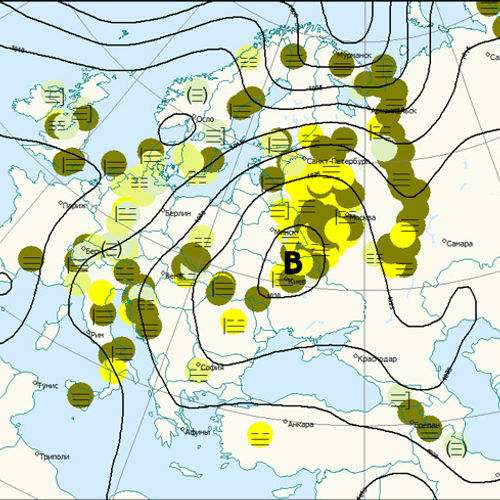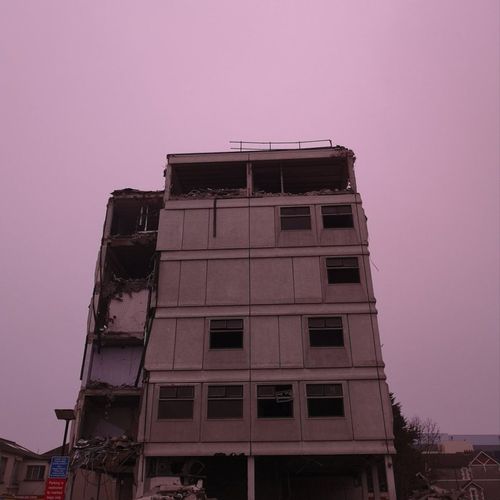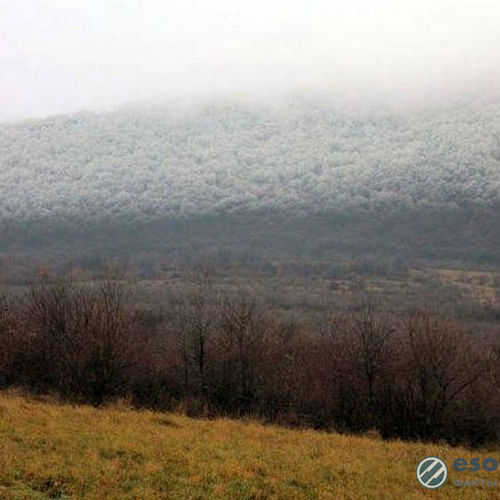
| Added | Tue, 16/10/2018 |
| Источники | |
| Дата публикации | Tue, 16/10/2018
|
| Версии |
Abnormally warm weather in the North-West and Center of Russia is associated with such seasonal phenomena, like the morning dew and radiation fog.
Both these phenomena — the result of night cooling air in the conditions of anticyclonic weather.As you can see from the weather map, the highest concentration of fog is observed near the center of the anticyclone and along its crest. In most cases, the fog is very dense.
For example, in Moscow early on the morning of 15 October, the visibility deteriorated to 100 metres. Airports are having difficulty with the reception and release of aircrafts.In St. Petersburg the morning mists become the hallmark of these days of October. In some cases, milk gets shroud after sunset and dissipates only in the morning
Radiation fog — fog that occurs over the surface of the earth, the cooling due to radiation of heat into the atmosphere (radiative cooling).
Together with the surface of the earth cooled and the adjacent layer of air. When lowering the temperature to dew points of airborne water vapor condenseries into fine droplets, crystals or a mixture thereof. Above the earth hangs a thick veil of radiation fog.
Usually radiation fogs occur at night or early in the morning, primarily in the lowlands. Favorable conditions for their formation is cloudless anticyclonic weather and light winds and the presence of a ground check of the layer — inversion. Factor contributing to the formation of fog, is the high concentration of airborne condensation nuclei (e.g., tiny particles of dust or soot).
With increasing air temperature and decreasing relative humidity, radiation fog dissipates. In the summer this usually occurs shortly after sunrise. In transitional periods, the fog can linger until about noon. In winter, with a small daily course of temperature, it may remain the whole day.
Translated by «Yandex.Translator»
Новости со схожими версиями
Log in or register to post comments










